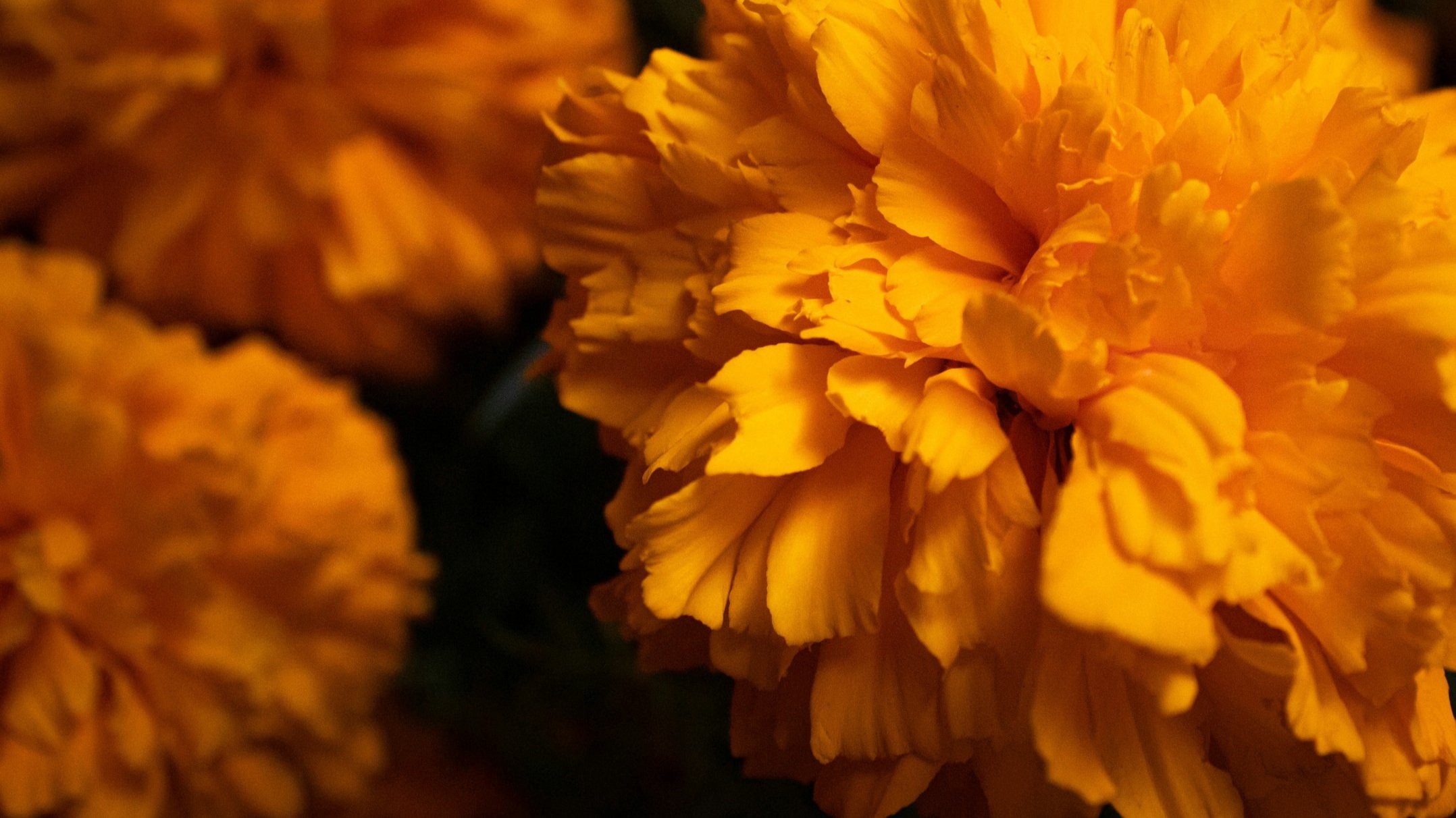
DIRECTOR’S STATEMENT
The final elements in Uranium’s radioactive line are called “Radon daughters.” It’s a disturbing nickname—but also beautiful. And that metaphor of female family connections hidden inside a core of decay has been my guiding force as I wrote “Radon’s Daughters”—a story which in turn traces back to my own mother.
Late one night in 1994, a stranger from Los Alamos called to tell my mom that our village of Agua Fría, New Mexico was under a “nuclear threat.” At a press conference the next day, she learned that irradiated water from the laundromat a mile upstream—responsible for washing contaminated uniforms from the nearby birthplace of the Atomic Bomb—was flowing through our shared irrigation ditch. Agua Fría was a subsistence farming community. That acequia used to water the beans and corn villagers ate.
I grew up going to water blessings alongside neighbors diagnosed with thyroid cancer in their 20s. Villagers joked about being poisonous. I assumed a sense of invisible danger was part of every childhood. Revisiting those memories as an adult, I found myself responding the same way I did when I made my first feature: turning to horror movies as a safe space to explore real pain. Studying the genre on the horror film podcast I co-host for George R.R. Martin’s Highgarden Entertainment drove home that this was the right format for confronting such fear.
But I quickly realized that while New Mexico is ground zero for the nuclear industry, we haven’t yet told our own stories about the monster we created—and we appear as background at best in movies like “Oppenheimer.” I began obsessing over what a uniquely New Mexican story about our inherited horror might look like. So to create the world of “Radon’s Daughters,” I drew from the local folktales I was raised on: dark fables about Lady Death dragging a cart full of souls across the desert and long-vanished loved ones who haunt the dry riverbanks of the living world.
My intention in making this movie is to share a place-specific horror in a way that is both true to this land and accessible beyond it. So this story is not a literal retelling of my family’s experiences. But it is about intergenerational trauma, environmental racism, and revenants. And it’s a love letter to the people and places I grew up with.
